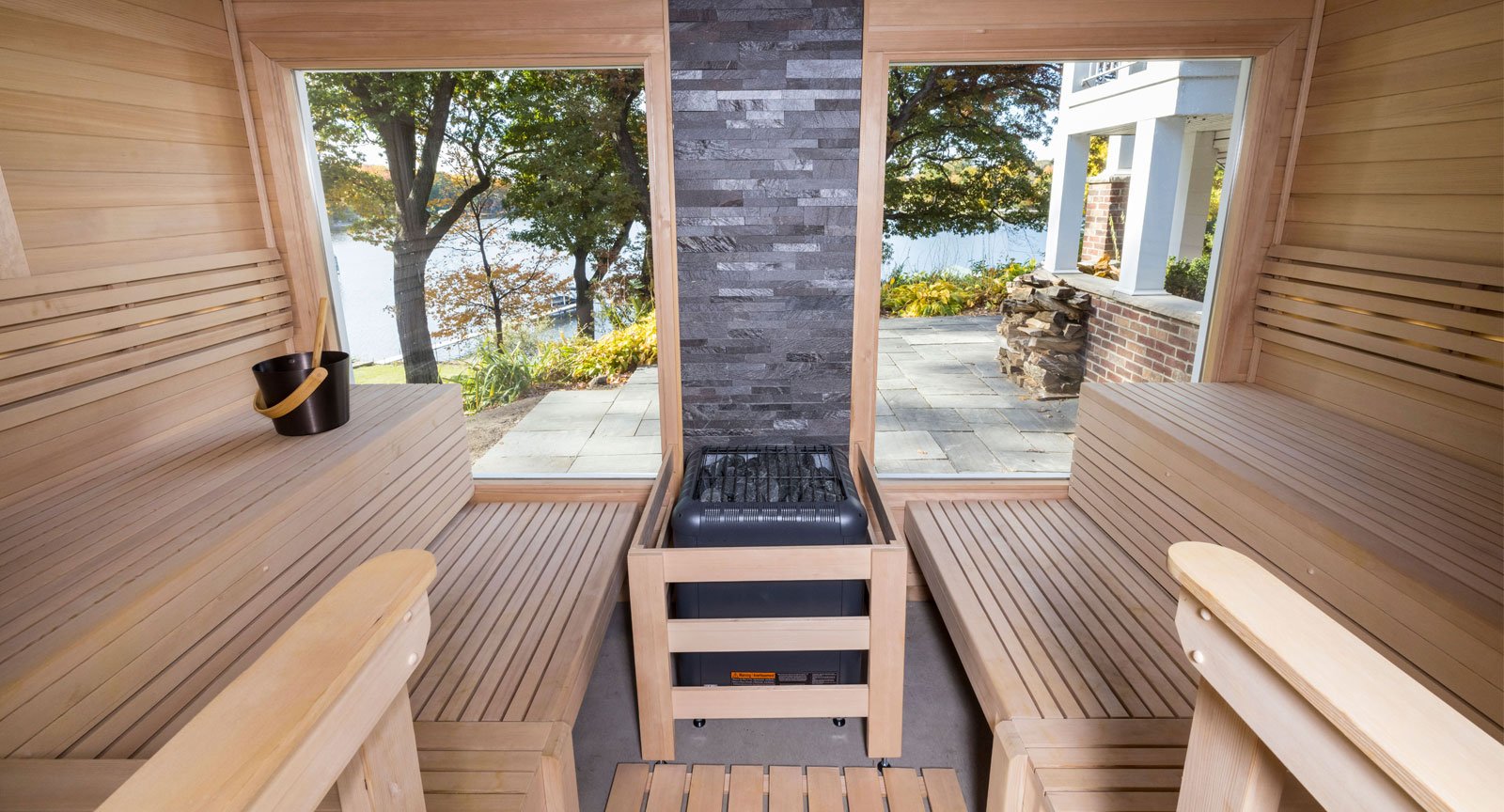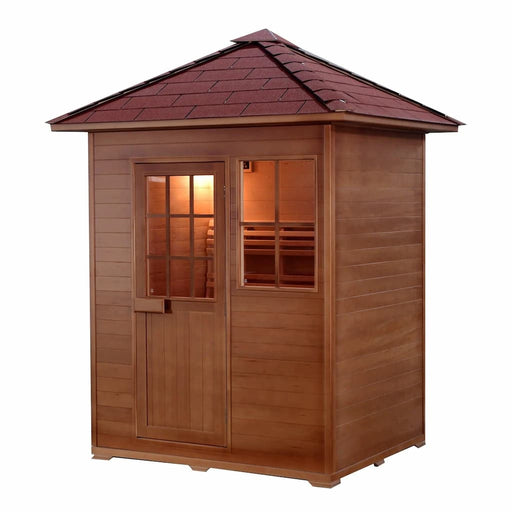Traditional Sauna Fundamentals Explained
Traditional Sauna Fundamentals Explained
Blog Article
The Buzz on Traditional Sauna
Table of Contents9 Simple Techniques For Traditional SaunaFascination About Traditional SaunaThe Definitive Guide to Traditional SaunaHow Traditional Sauna can Save You Time, Stress, and Money.
A lot of the weight shed in a sauna is water loss and is re-gained upon rehydrating. Without a doubt sauna can be an essential part of a healthy weight loss program. To consider the differences between traditional and IR saunas, I will certainly divide these right into verifiable, theoretical, and fabricated distinctions.Hence, the best factor in the saunawhich goes to the ceiling directly over the sauna heateris generally between 185 and 190 F. Traditional Sauna. Claims that a standard sauna surpasses 200 F is merely not real and not relevant for electrical saunas offered in the United States. The temperature level for a far-infrared sauna is usually established in between 120 and 140 F; nonetheless, unlike the conventional sauna, the goal in and IR area is not to accomplish a heat
Due to this, the temperature difference is almost irrelevant, given that extreme sweating leads to both sauna types, but the approach of heating the body is different. In an IR sauna the bather will really feel hot and will certainly sweat a lot, however at much reduced temperature levels. Thus, if the goal is to spend longer time periods in the sauna, the IR sauna is a great option.

Traditional Sauna Things To Know Before You Buy
When the heat is attained, the aspects cycle on and off to maintain the high temperature. The majority of traditional sauna customers enjoy putting water over the rocks to create vapor to increase sauna humidity degrees. The advantages of pouring water over the rocks include: making the space much more comfy, moistening the nasal passages, and allowing the use of aromatherapy by blending crucial oils with the water.
In a far-infrared sauna, the warm front pass through the body to properly warm the body and increase the body core temperature. To attain this increased temperature level, Far-infrared emitters create infrared power which is close to the exact same wavelength as that which the body normally emitsoften described as the "Essential Range" of 7 to 14 microns), so the power is well gotten by the body.
When the energy enters the body, it triggers the body temperature to boost and ultimately results in perspiration. In an infrared sauna it is very important for the emitters/heaters to remain on virtually constantly. Since there is no mass of rocks to keep warm, the sauna will cool if the emitters closed off.
As discussed over, the sauna bather in an infrared room desires to position himself before operating emitters to get maximum take advantage that site of the heat. The heating time for both spaces can be very various, depending on just how the areas are made use website here of. For a traditional sauna, a bather needs to permit 30-40 minutes for the space to attain a desired temperature level and to correctly pre-heat the rocks.
10 Easy Facts About Traditional Sauna Explained
A well constructed sauna will typically achieve a temperature of 150-160 F in regarding 30-40 mins (Traditional Sauna). For hotter temperature levels, the area may require to warm for a longer duration. When the space accomplishes established temperature level, the heater will certainly cycle on and off, commonly running regarding 50% of the time. The shielded wall surfaces and the heated rocks will certainly keep the space hot and at stable temperature levels.
To some, 15 minutes was "wasted" while the infrared power heated up the timber panels instead than warming a body, while others locate a pre-heated room to be extra comfy and think a raised beginning temperature is needed to start sweating. The length of suggested use for each room is around the very same (10-15 mins per session); however, as a result of the reduced air temperatures and the capacity to really feel the effects of infrared warmth quicker than a typical sauna, it is not unusual for an individual to invest a total amount of 20-30 mins in an infrared sauna.
Typical saunas often tend to be larger (thus make use of even more power) than infrared saunas, although typical saunas are absolutely available in one and 2 individual sizes. For a two-person standard sauna, 5x6 or 5x7 dimension is most preferred. The top bench can conveniently seat two or three individuals and is likewise enough time to rest during the sauna session.


The typical cost per kWH of electrical power in the U.S. is approximately $0.11, so a 4.5 kW heating unit will cost approximately $.50 to compete one hour, if the heating unit runs continually for one hour. Typically a sauna heating unit will compete 75% of the first hour and 50% of succeeding hours on since the aspects cycle once the set temperature level is achieved.
What Does Traditional Sauna Do?
A two person far-infrared room is generally literally smaller sized than a conventional sauna, often concerning 4' x 4' or smaller. see The IR heater is typically 1.5-1.7 kW using a 120 volt 15 amp plug-in service. Given that the area can be made use of sooner than a sauna room, we will think the room is utilized for to of an hour including heat up time.
There is a hardly ever discussed distinction in the social experience in between the 2 rooms. While our society has actually lost a few of the social advantage of the typical sauna experience, it can be really socially gratifying. From household time in the sauna, to heart-felt conversations with loved ones, to sauna partiesthe conventional sauna experience can result in intimate socializing.
A lot of higher end infrared areas include colored light treatment, noise systems and full-glass fronts.
Report this page